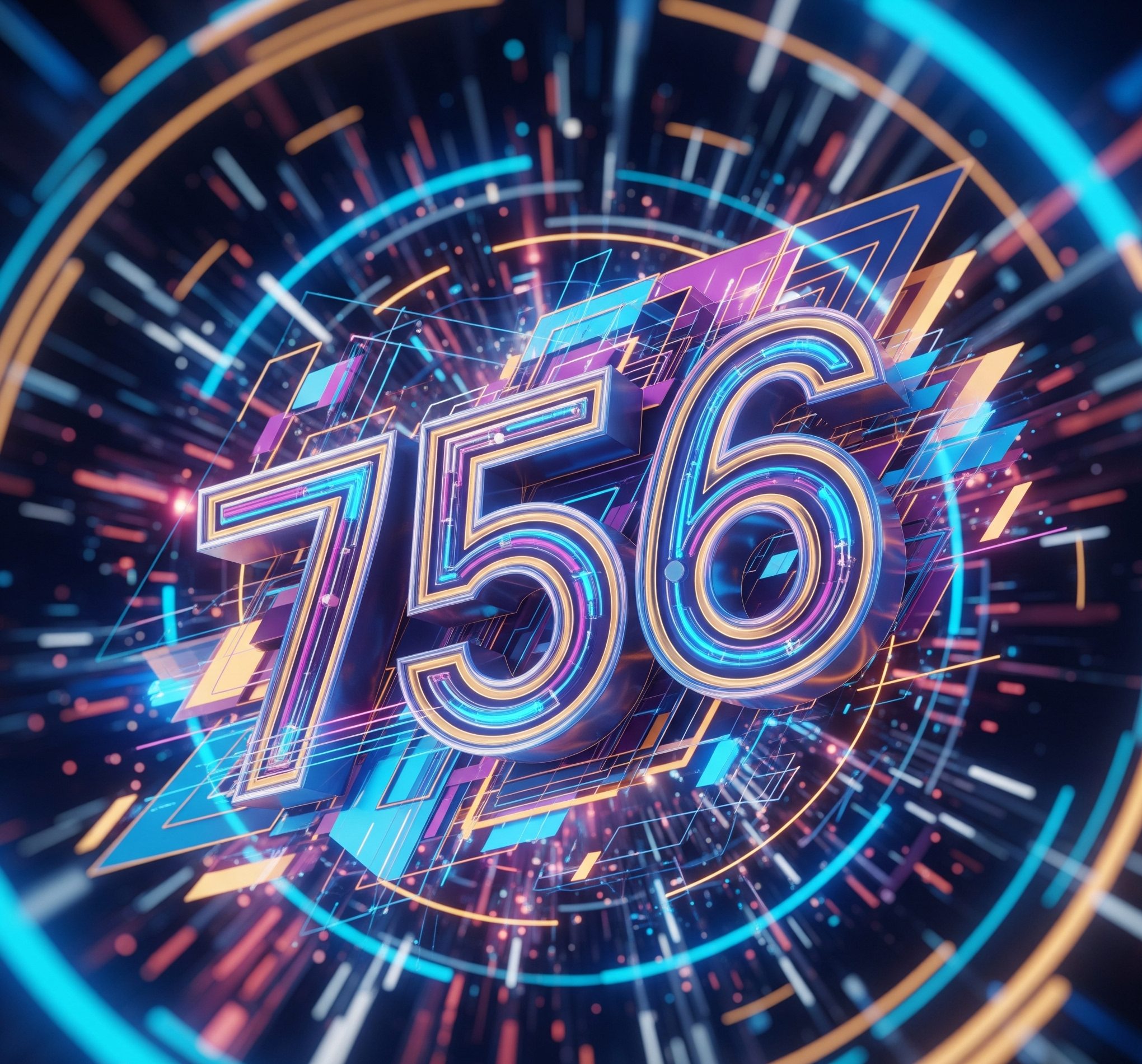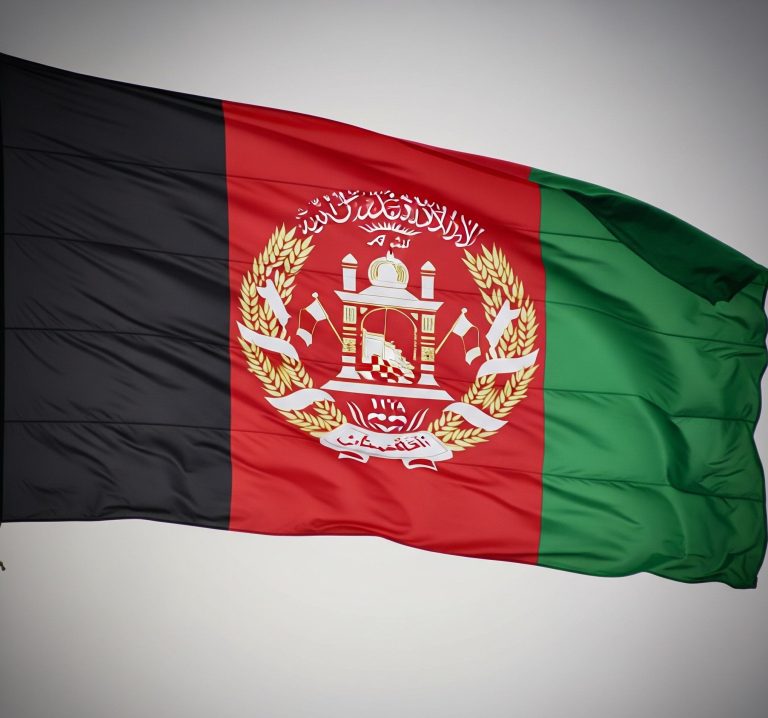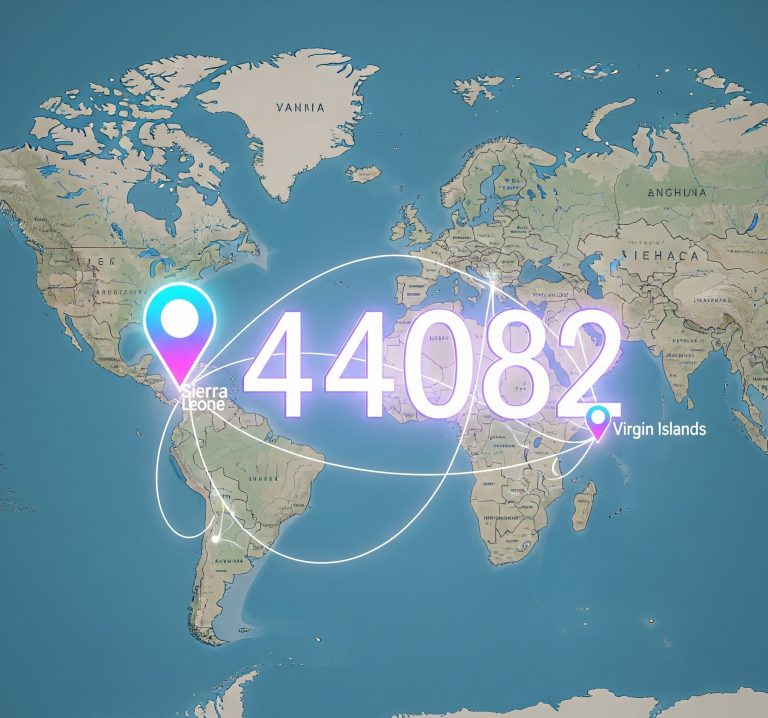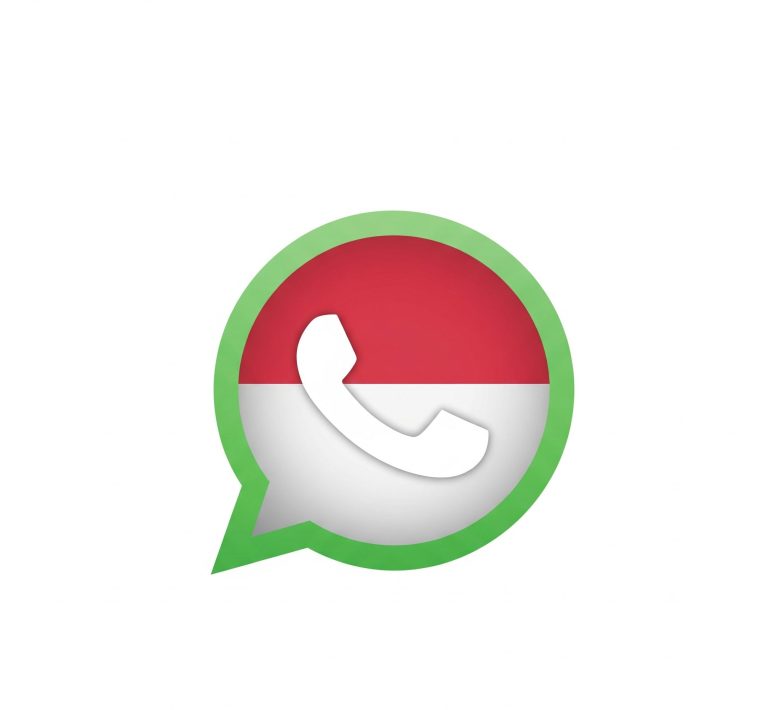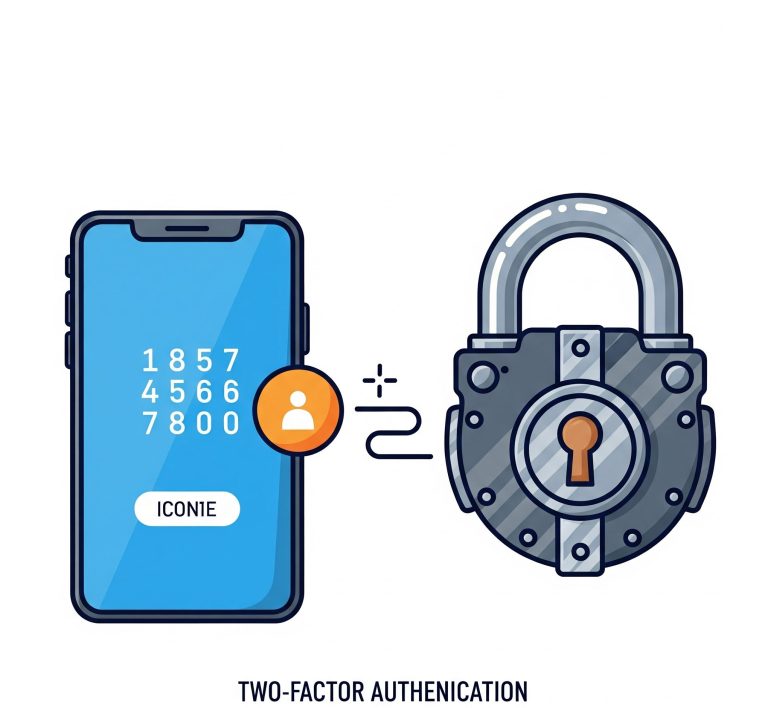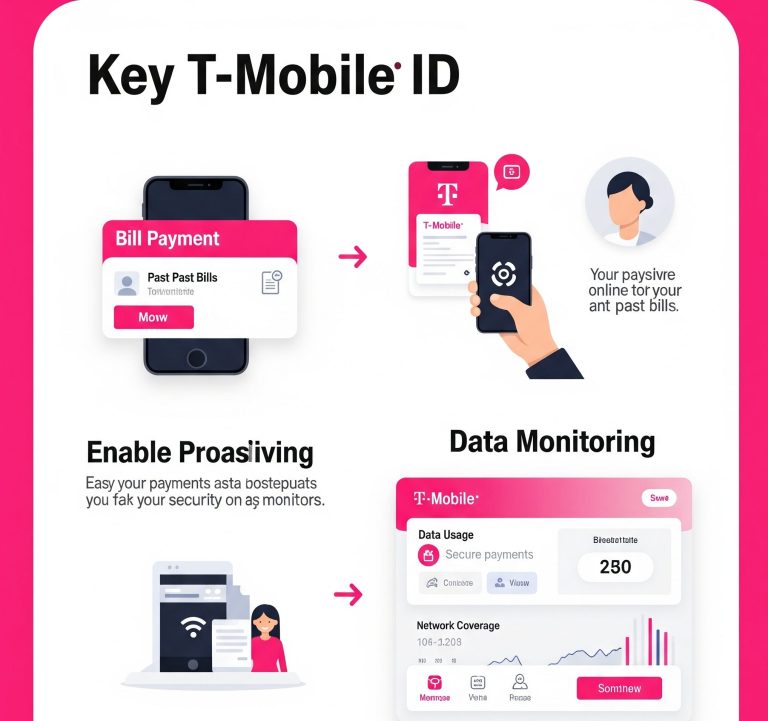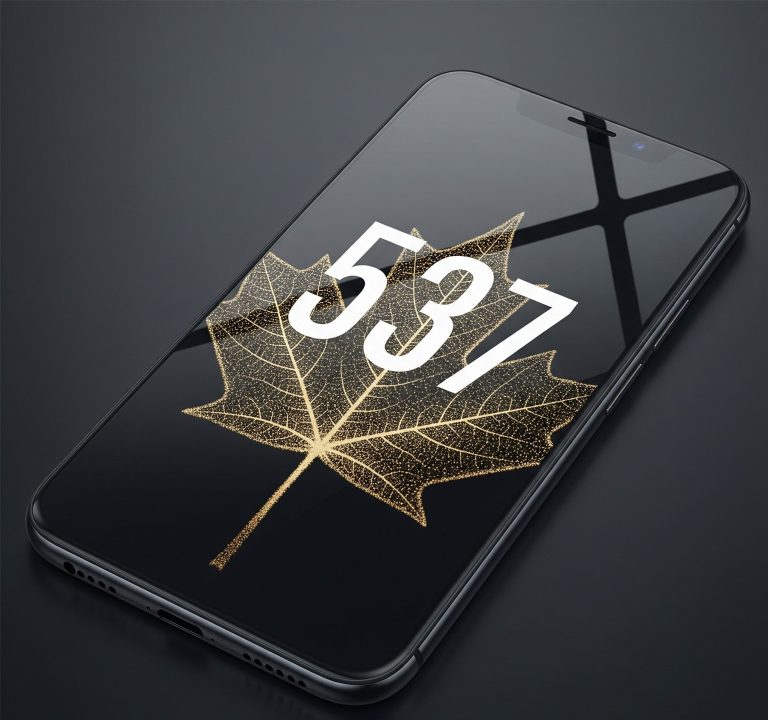In an era of burgeoning communication needs and the constant addition of new telephone numbers, the introduction of a new area code is a common occurrence in the United States. From coast to coast, communities have adapted to new 10-digit dialing requirements as population growth and the proliferation of mobile devices exhaust the available phone number combinations. It is in this context that many have asked: What about the 756 area code?
This article delves into the status of the 756 area code, clarifies its current standing within the North American Numbering Plan (NANP), and addresses some of the questions and concerns that have emerged around this particular three-digit code.
Contents
Understanding the North American Numbering Plan
To comprehend the significance of any area code, it’s essential to first understand the system that governs telephone numbers in the United States and several other countries. The NANP is a telephone numbering plan for the Public Switched Telephone Network (PSTN) that serves 20 countries in North America, including the United States, Canada, and many Caribbean nations.
The NANP is administered by the North American Numbering Plan Administrator (NANPA), which is responsible for the neutral, third-party administration of the numbering resources. When a particular region is projected to run out of available phone numbers within its existing area code, NANPA initiates a process to introduce a new one. This can be done through a geographic split, where the existing area code is divided into smaller regions, one of which gets the new code, or through an overlay, where the new area code is assigned to the same geographic area as an existing one.
The Status of the 756 Area Code
Despite the frequent introduction of new area codes across the country, the 756 area code is currently unassigned in the United States. This means that it is not in service in any state or territory. While there is a vast and growing list of active area codes, 756 is not among them.
This can be a source of confusion, especially when misinformation circulates online or through word-of-mouth. It is crucial for the American public to know that there is no city, state, or region in the United States that uses the 756 area code for its telephone numbers.
Why Do Unassigned Area Codes Exist?
The NANP has a finite number of possible three-digit combinations for area codes, ranging from 201 to 989. However, not all of these combinations are in use. Some are reserved for specific purposes, such as easily recognizable codes like 800, 888, and 877 for toll-free numbers, or 900 for premium-rate services.
Others, like the 756 area code, are simply held in reserve. NANPA strategically assigns new area codes based on projected needs and exhaustion forecasts. The process of introducing a new area code is a carefully planned event that involves telecommunication providers, regulatory bodies, and public awareness campaigns. The fact that the 756 area code remains unassigned indicates that it has not yet been designated for a specific geographic area.

A Word of Caution: Unassigned Area Codes and Potential Scams
Unfortunately, the existence of unassigned area codes can be exploited by fraudulent actors. Consumers should be wary of any unsolicited calls or text messages that appear to originate from an unfamiliar or unusual area code, including the 756 area code.
Scammers can “spoof” their caller ID to display any number they choose, making it appear as though they are calling from a legitimate or even a local number. In some instances, they may use unassigned area codes to create a sense of mystery or urgency, hoping to trick individuals into answering or calling back.
There have been anecdotal reports in online forums of individuals receiving suspicious calls or messages from numbers with a “756” prefix. It is important to reiterate that since the 756 area code is not in service, any communication appearing to come from it is likely illegitimate.
Here are some general tips to protect yourself from potential phone scams:
- Be skeptical of unfamiliar numbers: If you receive a call or text from an area code you don’t recognize, especially one that is unassigned like the 756 area code, exercise caution.
- Do not call back unknown numbers: If you miss a call from an unknown number, resist the urge to immediately call back. This can sometimes result in charges to your phone bill if the number is a premium-rate line.
- Block suspicious numbers: Most smartphones allow you to block unwanted numbers, preventing them from contacting you again.
- Report scam attempts: You can report suspected scam calls to the Federal Trade Commission (FTC) and the Federal Communications Commission (FCC).
The Future of Area Codes
As the demand for new phone numbers continues to grow, it is inevitable that more area codes will be introduced across the United States. The process of rolling out a new area code is a public one, with announcements made well in advance to ensure a smooth transition for residents and businesses.
While the 756 area code is not currently on the horizon for any specific region, it remains a part of the pool of available codes that could one day be put into service. When that time comes, NANPA and local telecommunications authorities will provide clear and comprehensive information to the public.
conclusion
it is important to stay informed and vigilant. Understanding that the 756 area code is not in use can help you avoid confusion and potential scams. Always rely on official sources for information about new area codes in your region.

